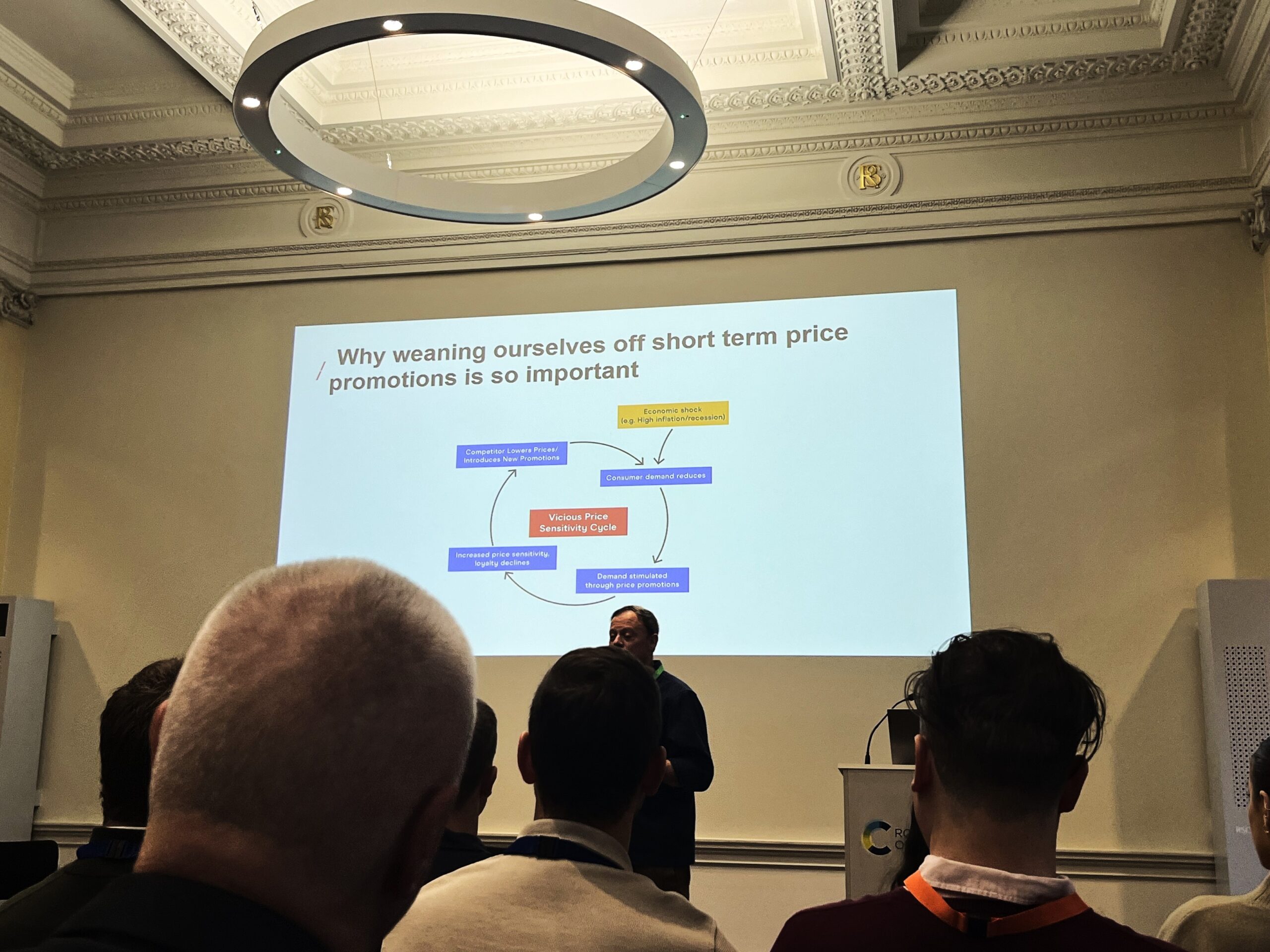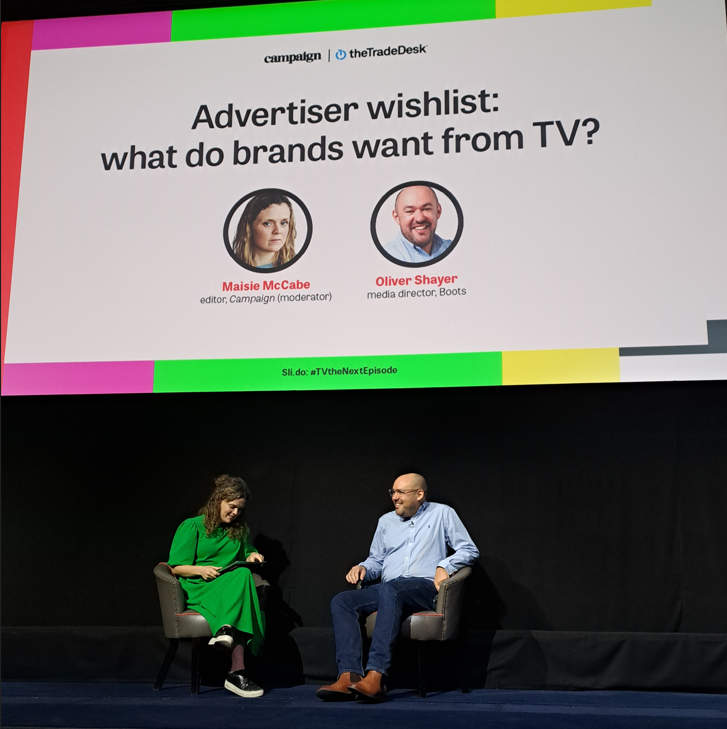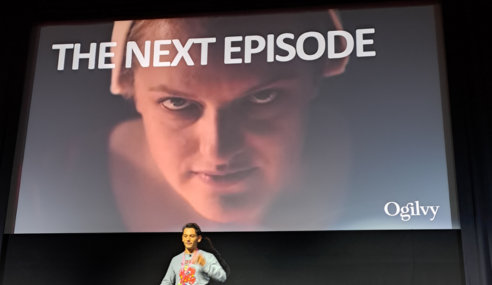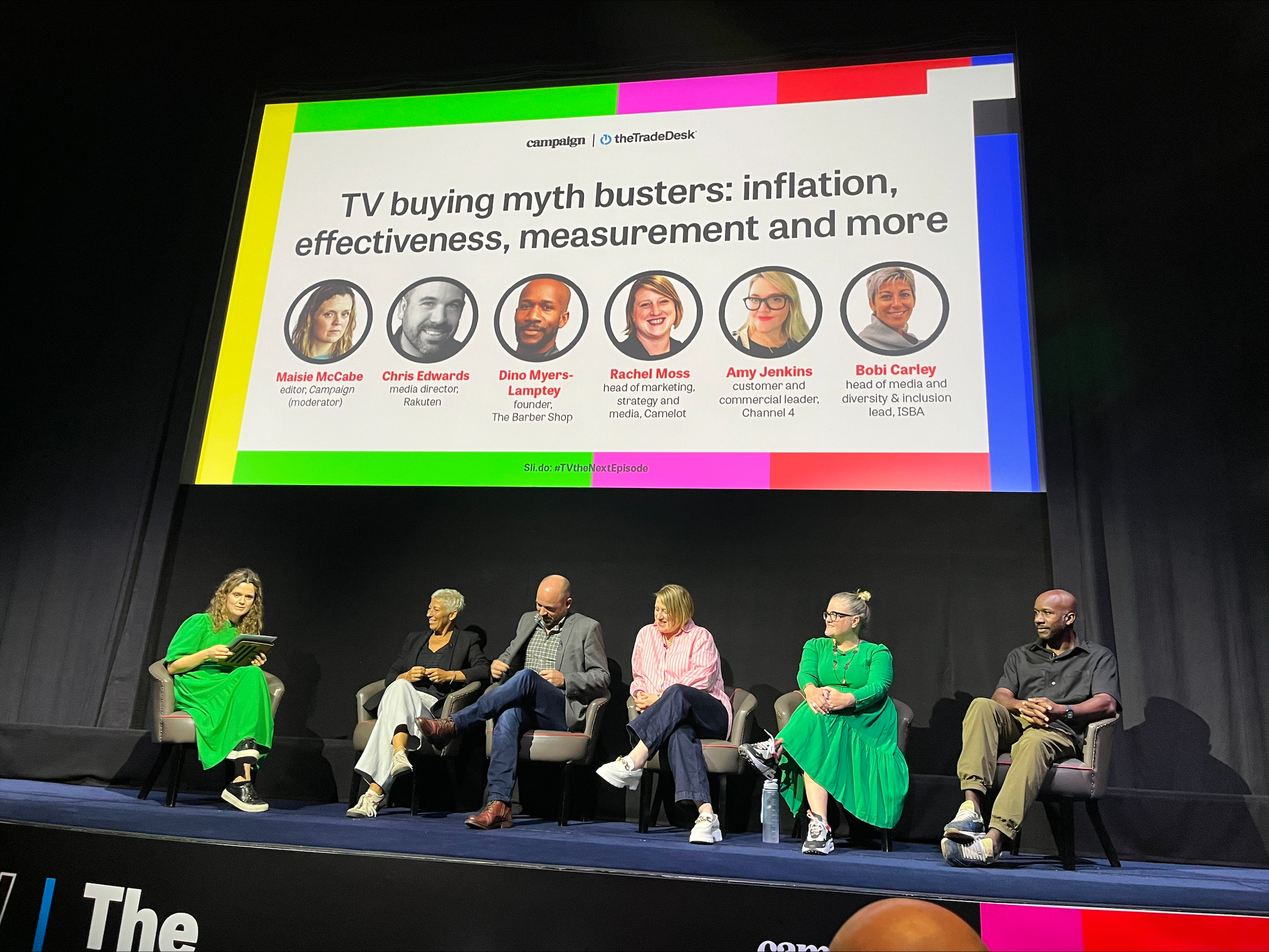What led you to a career in media?
To be honest, I completely fell into it! I left university wanting to go into teaching but that didn’t play out (which I am very glad about now!). Instead, I found myself doing a three-month data entry job at PlayStation which saw me move to London and fast forward four years, I was still there. At the end of the job, and before I left to go travelling, the role introduced me to different parts of marketing which I really enjoyed and gave me something to look into when I got back.
Luckily, I found MI Media! I’ve enjoyed the variety of clients I’ve had over the years, each with their own unique challenges. Diving into the profiling of target audiences, understanding their behaviours and working out media solutions with unique nuggets of wisdom (it does happen!) that we can run with is hugely rewarding. Beyond that, I think we’re in a pretty relaxed industry where you get to work with a great mix of sociable people… who doesn’t want that? I never wanted to be suited and booted. It’s great as I can wear silly clothes and loud socks! (Craig has an array of very loud socks).
What advice would you give to someone looking to enter the world of media?
When I joined MI, we were so small and being an Account Executive just starting out, I was probably exposed to more things than I would have been had I been at a big network agency where roles are a lot more defined. For me that worked wonders in for my development, I just wanted to take in as much as possible
What I would say to those wanting to get into media is to go to every meeting you can and take in as much as possible. I would go to high profile meetings and not ask questions in the meeting itself, as most of the time topics discussed would go straight over my head, but afterwards I would pull my manager aside and ask all the questions I wanted. In short, do as much as you possibly can and just ask when you don’t know something.
There is a reluctance early on in people’s careers where people want to be spoon fed tasks as they may feel slightly scared. Just f**king do it! You will figure stuff out for yourself. I am a big advocate of sink or swim, people mostly swim. So, go and sit with someone senior, listen to their ideas & how they speak and eventually you will work it all out.
What mistake have you learnt the most from?
I remember being junior and sending a client a plan which had the cost of print at a tenth of what it should have been. I tried to rectify this by casually sending him an updated plan without drawing attention to it and got an absolute rollicking. I think looking round at my senior colleagues who seemed completely infallible, I just wanting to impress. As I’ve learnt, everyone makes mistakes and it’s better to own up to it quickly to sort it out rather than not own up. Clients are generally very reasonable people, and everyone eventually laughs about the silly mistakes they’ve made.
What’s your favourite ad campaign you’ve worked on?
There’s a couple that stand out. UNISON in recent years has been campaigning for better pay and conditions for public sector workers with bigger brand campaigns. But probably my favourite campaigns are those I’ve worked on with MSF given the emergency response nature of them. From getting a COVID campaign live within 10 days after lockdown started, to a campaign that ran earlier this year to raise income to send medical assistance out to Turkey and Syria after the earthquake hit. These campaigns always leave me feeling proud to have helped such a brilliant organisation.
Do you have a dream client or an ad campaign you particularly love?
Without a doubt Guinness. The ad campaigns always look absolutely amazing – who can forget the horses coming out of the sea? Plus, I reckon if I worked for them, they’d give me a load of Guinness merch… including socks!
Who’s your role model and why?
*Craig panicking, looking stage left, then stage right*
Can I say Dr Seuss? Yeah, I will go with Dr Suess as he encourages the most grown up of grown-ups to retain a sense of childlike wonder. “I like nonsense It wakes up the brain cells” – Dr Seuss





























